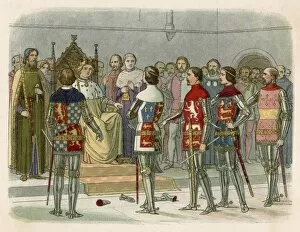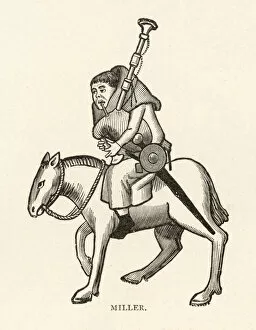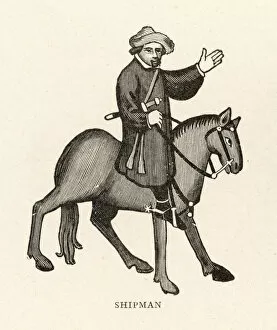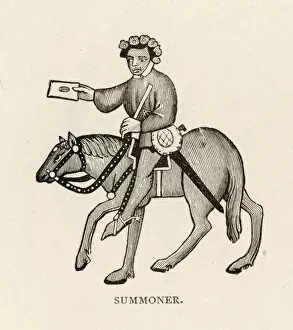1387 Collection (page 2)
In the year 1387, a pivotal time in history, numerous remarkable events unfolded
All Professionally Made to Order for Quick Shipping
In the year 1387, a pivotal time in history, numerous remarkable events unfolded. It was during this period that Chaucer's timeless literary masterpiece, "The Canterbury Tales, " began to take shape. The Pardoner's Tale, one of the most captivating stories within this collection, delved into themes of greed and moral corruption. Meanwhile, ANGELICO's breathtaking artwork titled "The Annunciation Altarpiece" emerged as a testament to the artistic brilliance of the era. This exquisite piece depicted the divine moment when Archangel Gabriel appeared before Virgin Mary to announce her role in bearing Jesus Christ. As Chaucer continued his literary journey, he introduced us to intriguing characters such as the Wife of Bath and explored their complex personalities and experiences. Through her tale and those like it, we gained insight into societal norms and gender dynamics prevalent at that time. Amidst all these cultural developments, knights engaged in thrilling jousting tournaments reminiscent of those described in Chaucer's Knight's Tale. These displays of chivalry showcased bravery and honor while entertaining crowds with their daring feats. The pilgrimage itself became an essential aspect of life during 1387 as depicted by Chaucer himself in his work. Pilgrims departed on spiritual journeys towards Canterbury Cathedral, each carrying their own unique stories waiting to be shared along the way. Chaucer also introduced us to colorful characters like The Friar who embodied both piety and cunningness simultaneously. His portrayal shed light on religious figures' complexities during this era where faith often intertwined with personal gain. Notably numbered 1331 were significant for reasons unknown but perhaps held secret meanings or symbolized hidden messages within Chaucer's tales themselves – a mystery yet unsolved even after centuries have passed. Within these tales resided another memorable character - Doctor O Physic - whose expertise lay not only in medicine but also manipulation through clever rhetoric. His presence highlighted the power of words and their ability to sway opinions.





















